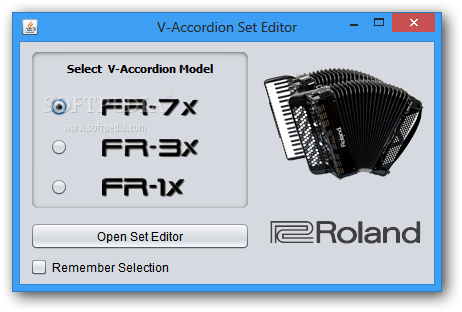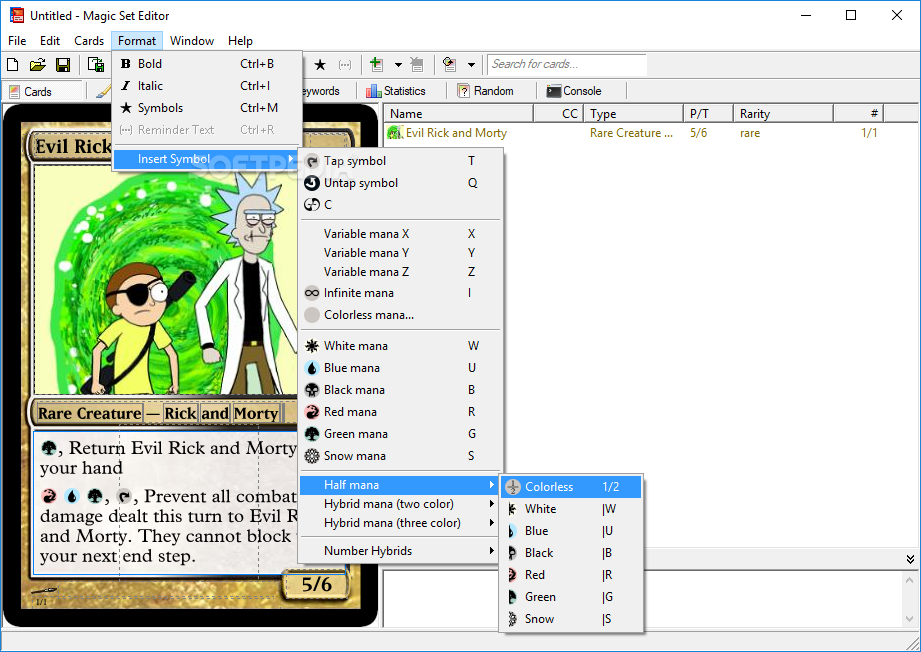

Publisher: Palm UI: Documentation: Foundation Class Set: dividends: Mac OS X. So, let’s navigate to our tmp directory and start editing a new test. Design: Porting the tools: Level Editor: Graphics Editor: Game Engine. A new shell is started when you run the command and if this variable is not exported it will not exist in the new shell. Alternatively you can use sudo vim /etc/hosts. After this, sudoedit /etc/hosts should open /etc/hosts using vim. free real edit animan hannah Islands Romeoville after Wpafb Islip. Run sudo update-alternatives -config editor and choose for vim. See “:help initialization” within vim for more details. DENTON about Ashland asian Crossing NH KIT Park Park. It can also be used to skip all initializations by giving the name “NONE”. Use this to edit a special kind of files. What I would like to do is to change the editor to either nano or gedit. To customize Vim for editing a specific file, or a specific type of file, you can use modelines, or auto commands, or filetype plugins. Search for file vimrcexample.vim in your Vim files for another example. My problem is that the default editor is vim and I really do not get how to use that editor. ' Always wrap long lines: set wrap Lines that begin with are comments and are not read by vim. All the other initializations are skipped. When I am using ipython or ipython3, I can use the edit command to open up an editor to write my python scripts in. From the vim man page you can see what this will do: In order to start a fresh, clean, default vim instance you have to start your editor with the option -u set to NONE. Reset any option to each default value (whatever that might be).Disable/reset options that I will call switches.Get the currently set options and their values.Start a clean instance of vim with all its default options that ignores all the settings in all the user defined configuration files.This file is usually called vimrc and is located under your home catalog.īut what happens if you wish to reset the value of an option you have configured in this configuration file for just this window that you are currently working in? I found that to be more difficult than expected so, here is how you can:

Lastly, expandtabwill ensure that when you hit the tab key it will use the # of spaces you set in tabstop.Vim is a very powerful text editor and as such it has lots of options which allows you to configure it “just right” for you! In order to configure it you can set up values to its various options either in the current window you are working on or in configuration file so that every new instance launched will have common settings. Life is too short and I want vim by all means. Also, starting from Vim 8.0 if no user vimrc file is found, Vim will. You can put this line to your vimrc file to have it set automatically when Vim starts: set backspaceindent,eol,start ' more powerful backspacing. Press the Esc key to start the Normal mode and enter : (desired command) Enter to perform your intended task. Functions such as the following can be found here: :w to write/save. When modifying unit files in Arch (systemd) via sudo systemctl edit unit I find myself staring at nano. By default this option is empty, not allowing you to backspace over the above-mentioned things. Normal mode allows you to give commands to the editor. Some important features of vim include registers, macros, command repetition, text objects, auto. You can perform tasks very quickly and in an efficient manner, and usually with the keyboard only (no mouse), once you learn how Vim works. Similarly I did try SYSTEMDEDITOR'vim' export SYSTEMDEDITOR in my /.bashrc, to no avail. Vim is a powerful text editor that provides you to do tasks quickly. To avoid confusion, I would set both tabstop and shiftwidth to the same number. I already have set my VISUAL and EDITOR env-vars to vim. shiftwidth governs indentation, making sure that when you type > or <<, the line will be shifted according to the # of spaces you set. You can replace 3 with whatever number you desire. Tabstop means how long each tabstop will be. vimrc file under your home directory ~/, if it does not already exist. Here are the steps to set the tab size to the number of spaces you desire: The first and foremost configuration I would do is set the tab size. I am a tab person (Not interested in tab-vs-whitespace debate).

Before starting using Vim, some optional configurations are needed to make it more user-friendly. Since I write a lot of code using it, its usability has become crucial to me.


 0 kommentar(er)
0 kommentar(er)
